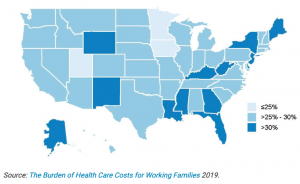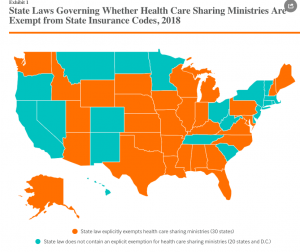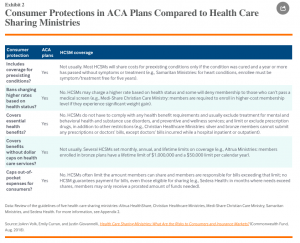or the longer version…What does this have to do with workers’ comp?
I hear that far too often, usually when talking with a work comp exec about Medicare reimbursement changes, the number of workers without health insurance, MS-DRGs, Medicaid expansion, health system consolidation, physician employment trends, single payer/Medicare for All.
While many execs appreciate that “external” factors affect workers’ comp, few really understand the implications. That’s a big miss, and leads to strategies based on false assumptions and flat out ignorance.
A telling example…
I’ve been grousing about the “revenue maximization” industry that’s been driving up work comp facility costs for years. By focusing technology, expertise, and highly sophisticated tools, health systems are getting ever more effective at hoovering dollars out of your wallet.
If you need more evidence that we work comp folks are woefully ignorant of and unprepared for this, a just-out article reports there’s a shipload of private equity money invested in the revenue maximization industry – with billions more on the way.
PE firms are looking to double their investment in 3-5 years; these are very smart folk who’ve all done a lot of work to project where things are headed. And they are investing tens of billions of dollars in companies that are laser-focused on increasing facility reimbursement.
The smart money knows we are woefully ill-equipped to stand up to their billing expertise. Other payers use multiple vendors both pre- and post-payment to ensure they are only paying what they are legally obligated to. We are talking payment integrity, deep coding analysis, minute comparison of line items to medical records, accessing huge databases of reimbursement data from Medicare, Medicaid, group/individual health plans to ascertain REAL U&C…
You’ve got, what, bill review and a few nurses manually sorting thru bills? And you picked your bill review vendor based on the lowest bid and then screwed them down on price even more?
Worse, as other payers continue to upgrade, improve, and generally keep pace with the revenue maximizers, work comp is going to fall further and further behind.
See where this is headed? (Hint – We’re the muppet in the middle)

Finally, there’s this thing called Fiduciary Responsibility.
From the Cornell Law School…
The duty of care requires that directors inform themselves “prior to making a business decision, of all material information reasonably available to them.” Smith v. Van Gorkem, 488 A.2d 858 (1985).
Whether the directors were informed of all material information depends on the quality of the information, the advice available, and whether the directors had “sufficient opportunity to acquire knowledge concerning the problem before action.” Moran v. Household Intern., Inc., 490 A.2d 1059 (1985).
What does this mean for you?
Ignorance, arrogance, or laziness is no excuse.



 Adjuster finding out a claimant had spinal surgery 6 weeks ago…
Adjuster finding out a claimant had spinal surgery 6 weeks ago…








